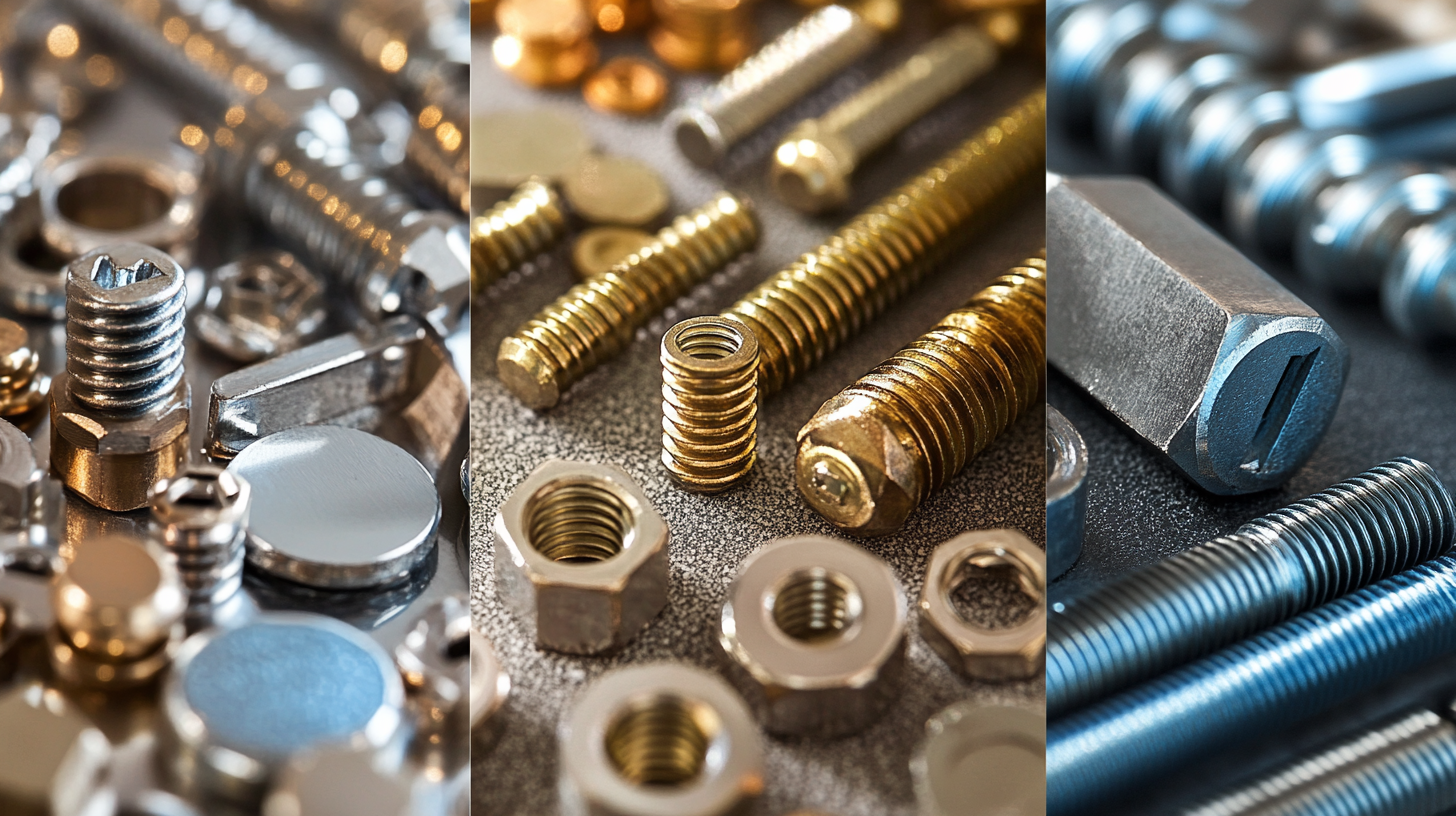
Bolts are essential fasteners in construction, automotive work, and numerous DIY projects.
While many bolts look similar at first glance, the head type can significantly affect how they are applied and the types of tools needed.
Each bolt head type has its unique purpose and advantage, from the widely used Hex Head to the more specialized Truss Head.
In this guide, we’ll explore 11 common bolt head types, their key characteristics, and where they are best used, helping you make informed decisions for your projects.
Bolt Head Types and Their Uses
1. Hex Head
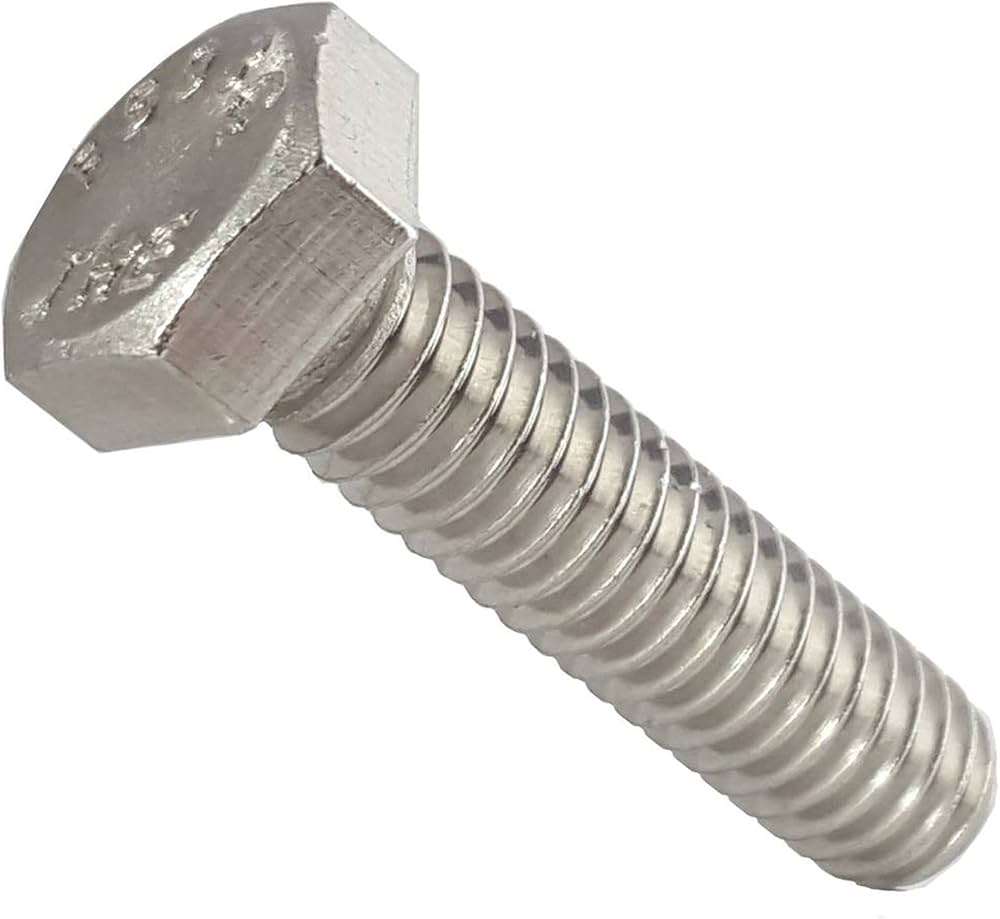
The Hex Head bolt is one of the most common types.
It features a six-sided head that can be tightened or loosened using a wrench or socket.
Its design allows for easy grip and torque application, making it ideal for heavy-duty applications.
- Best Uses: Construction, machinery, and automotive industries.
- Advantages: Provides a strong grip for high-torque applications.
- Tools Required: Wrench or socket for tightening.
2. Flat Head
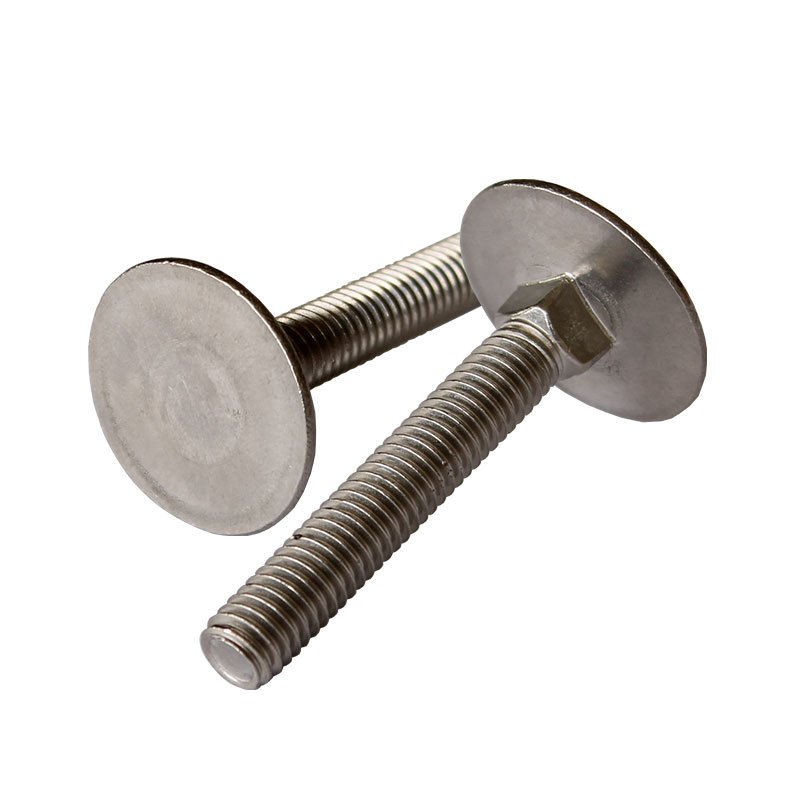
Once installed, the flat head bolt is designed to sit flush with the surface, making it ideal for applications with a smooth surface.
The head tapers inward, allowing it to countersink into the material.
- Best Uses: Furniture assembly, woodworking, and machinery.
- Advantages: Creates a smooth, flush surface after installation.
- Tools Required: Flathead or Phillips screwdriver.
3. Round Head
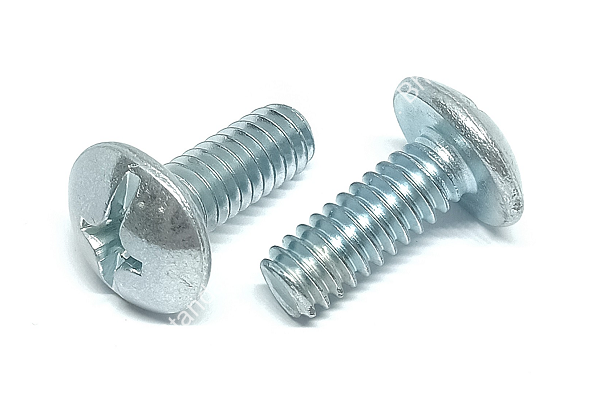
The Round Head bolt features a smooth, rounded top and a flat bearing surface underneath.
This design is often used in applications where aesthetics matter or a low-profile fastener is required.
- Best Uses: Electrical fittings, appliances, and decorative work.
- Advantages: Offers a neat and clean appearance while being functional.
- Tools Required: Phillips or slotted screwdriver.
4. Pan Head
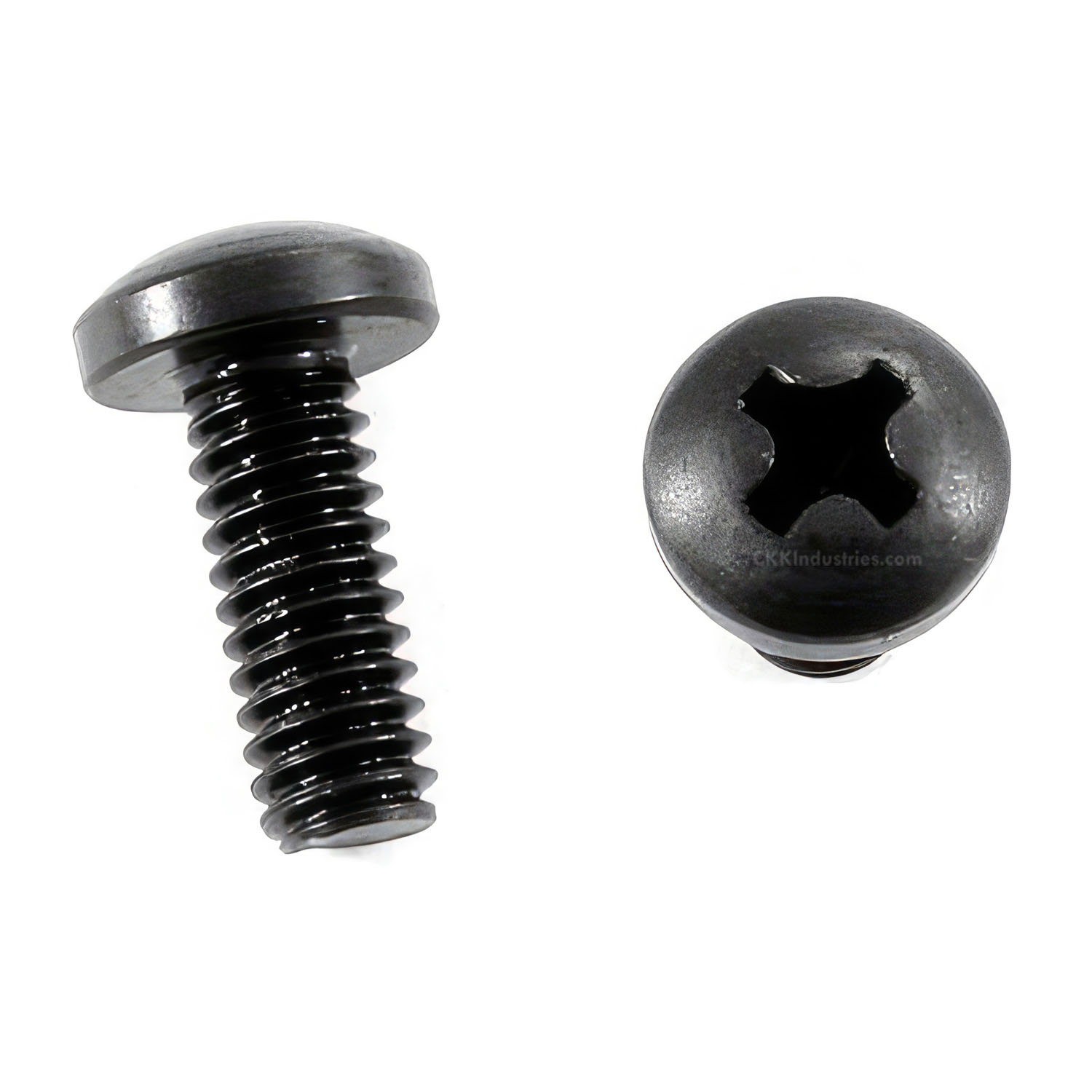
The Pan Head bolt has a slightly rounded head with a flat bearing surface.
It sits above the material surface and provides a larger contact area, making it useful for holding materials together securely.
- Best Uses: Sheet metal work, electronics, and appliance assembly.
- Advantages: Large head provides increased holding power and secure fastening.
- Tools Required: Phillips or slotted screwdriver.
5. Button Head

The Button-Head bolt has a rounded, smooth head with a low profile.
It is often used in applications where a more subtle appearance is desired or where clearance is limited.
The low profile also helps reduce the risk of snagging on clothing or equipment.
- Best Uses: Furniture assembly, machinery, and general fastening.
- Advantages: Low profile and smooth head prevent snagging.
- Tools Required: Allen key or hex wrench.
6. Socket Head
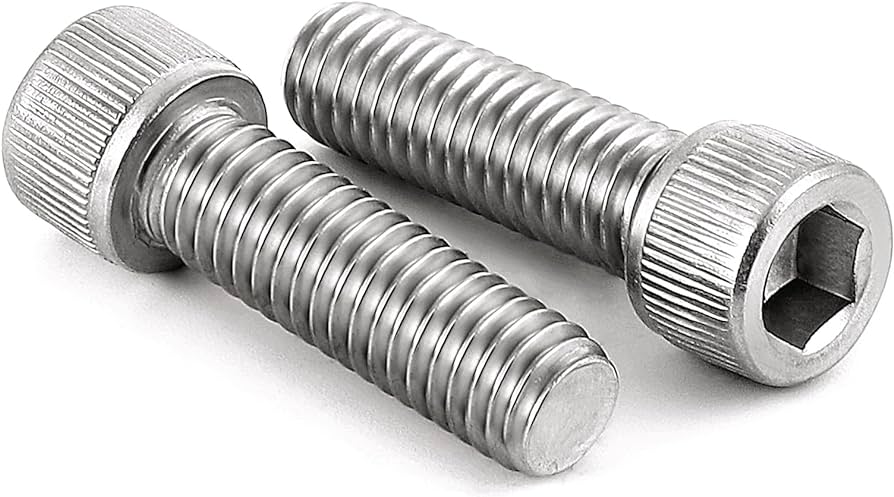
The Socket Head bolt features a cylindrical head with a recessed hexagonal drive.
This allows it to be tightened or loosened using an Allen key or hex wrench, making it ideal for applications with a flush finish but stronghold.
- Best Uses: Machinery, automotive work, and high-torque applications.
- Advantages: Provides a strong hold with a flush finish for confined spaces.
- Tools Required: Allen key or hex wrench.
7. Square Head
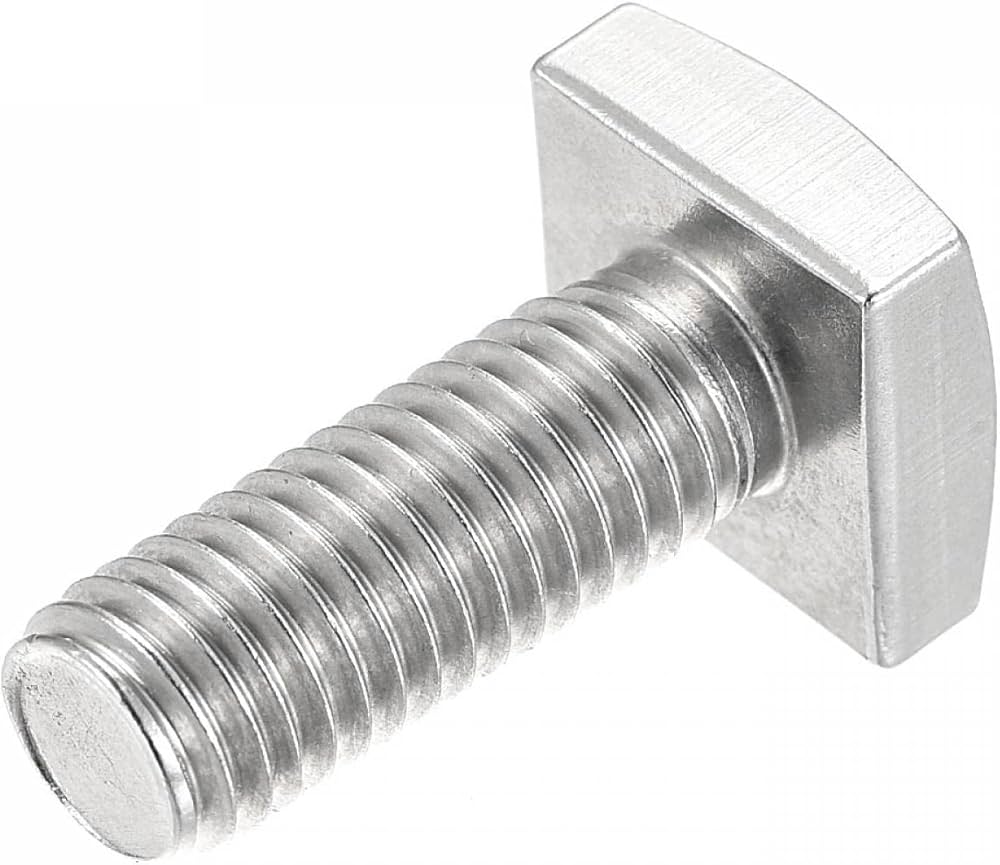
The Square Head bolt has a four-sided head that provides a solid grip for wrenches or pliers.
It was commonly used in older applications but is still found in certain industrial and rustic settings where a strong grip is needed.
- Best Uses: Construction, machinery, and historical restorations.
- Advantages: Offers excellent grip and high torque application.
- Tools Required: Adjustable wrench or pliers.
8. Truss Head

The Truss Head bolt has a wide, rounded head with a low profile.
Its broad surface area provides excellent load distribution, making it ideal for attaching thin materials like sheet metal or plastic without damaging them.
- Best Uses: Sheet metal work, light-duty fastening, and securing plastic components.
- Advantages: Broad head prevents material damage and distributes load evenly.
- Tools Required: Phillips or slotted screwdriver.
9. Flange Head

The Flange Head bolt features an integrated washer-like flange beneath the head.
This design spreads the load over a larger surface area, reducing the need for an additional washer and providing more stability.
- Best Uses: Automotive, construction, and machinery.
- Advantages: Integrated flange offers better load distribution and reduces the need for additional washers.
- Tools Required: Wrench or socket.
10. Oval Head
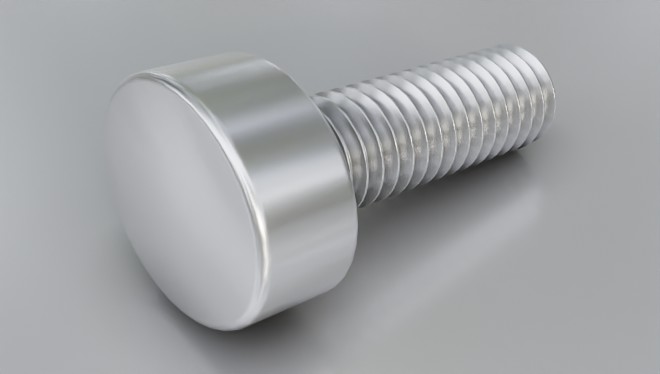
The Oval-Head bolt combines the countersinking feature of a flat head with a slightly domed top for a more decorative finish.
It’s often used when a flush fit is required, but the fastener’s appearance still matters.
- Best Uses: Furniture, decorative fixtures, and woodworking.
- Advantages: Provides a smooth, decorative finish while sitting flush with the material.
- Tools Required: Phillips or slotted screwdriver.
11. Slotted Head

The Slotted Head bolt features a single slot across the top of the head.
It’s designed for use with a flathead screwdriver and is commonly used in simple applications where high torque is not required.
- Best Uses: Light-duty applications, household projects, and older constructions.
- Advantages: Simple design and easy to install or remove.
- Tools Required: Flathead screwdriver.
Choosing the Right Bolt Head for Your Project
Bolts come in various head types, each designed for specific uses.
Selecting the right bolt head can ensure the durability and success of your project.
Understanding the advantages of each type will help you make informed decisions, especially when dealing with complex machinery, construction, or even simple household fixes.
1. Matching Bolt Heads with Tools
Each bolt head type requires specific tools for proper installation and removal:
- Hex Head Bolts: Requires a wrench or socket for high-torque applications like machinery and construction.
- Socket Head Bolts: Best paired with an Allen key or hex wrench, often used in confined spaces.
- Flat and Oval Head Bolts: Ideal for flush finishes, using either a flathead or a Phillips screwdriver.
2. Application-Specific Bolts
Different bolt heads are optimized for specific tasks:
- Truss and Flange Head Bolts: Designed for applications where load distribution is essential, like in sheet metal or automotive work.
- Button and Pan Head Bolts: Offer low-profile fastening for more subtle finishes, often seen in furniture assembly and appliances.
- Square Head Bolts: Although less common today, these provide a strong grip for vintage or heavy-duty projects.
3. Aesthetic and Functional Considerations
Beyond functionality, some bolt heads offer aesthetic benefits:
- Round and Button Head Bolts: Provide a sleek, rounded look, making them ideal for decorative work or applications where appearance is crucial.
- Oval Head Bolts: These bolts blend functionality with aesthetics, offering a countersunk finish with a slightly domed top for a polished look.
Conclusion
Each bolt head type serves a distinct purpose, from the heavy-duty Hex Head Bolt to the low-profile Button Head Bolt.
Whether you’re working on a complex machinery project or a simple household task, choosing the right bolt head can make all the difference in terms of stability, appearance, and ease of installation.
By understanding each bolt head’s specific uses and benefits, you can ensure your project is built to last and meets both functional and aesthetic needs.

